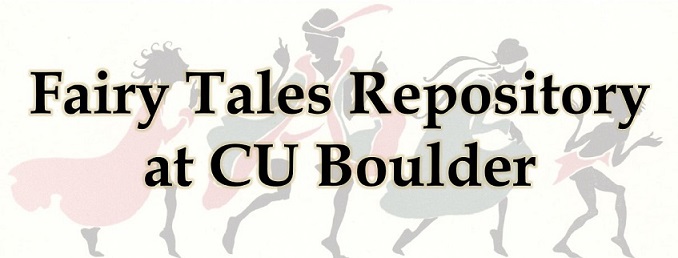Collected Item: “The History of Beauty and the Beast. Devonport, England: Samuel and John Keys, [c. 1840].”
Full bibliographic citation (MLA)
The History of Beauty and the Beast, Devonport: Samuel and John Keys, [c. 1840].
Title of the complete book/anthology (not a single chapter/fairy tale)
The History of Beauty and the Beast
City where the book/anthology was published
Devonport
The country where the book/anthology was published (use United States for US publications)
England
The publisher of the book/anthology (as written on the title page)
Samuel and John Keys
Date of publication (or date range from the library catalog, if no dates are listed in the book)
c. 1840
The decade the book was published (use the drop down menu)
1840-1849
The fairy tale type (use the drop down menu)
Beauty and the Beast
What is special about this version of the tale?
This adaptation of Beauty and the Beast is one that highlights an extremely compassionate Beast and has an ending that contains a strong sense of justice for the two sisters who treated Beauty horribly. In this version, Beauty and the Beast live happily ever after she returns from visiting her father because she realizes she love the Beast and breaks his enchantment. After the Beast becomes a handsome prince, a fairy appears to make Beauty queen and to make her sisters pay for their malice and injustice towards Beauty by turning them into statues at the gates of Beauty’s palace. They will remain statues until they become aware of the mistakes they have made, while Beauty and the Beast live a long and happy life. This version is also special because it is a cheap version of print published without an author or the original source. It is printed extremely simply, and only sold for a penny. Samuel and John Keys have published countless other fairytales, as seen on the back of the book, all for a penny each.
A brief summary of the plot that highlights any unique variations
This tale of Beauty and the Beast follows the typical narrative arc found in the description of the ATU. The story begins with a very rich merchant who has three daughters and three sons. His youngest daughter is named Beauty because of her beautiful appearance, which drew jealousy from her two older sisters. Unfortunately, the father lost all of his riches, so he set out on a journey to take possession of his property and bring back presents for his three daughters. Beauty only wanted him to bring her back a rose. When he was returning home, he became lost and stumbled upon an empty castle where he stayed the night and enjoyed an extravagant banquet. The next morning, he found roses and gathered a bunch for Beauty, but was then caught by the Beast who ordered that he immediately die or return in three months with his daughter to take his place. Beauty agreed to take his place, but when she met the kind beast, she refused to marry him. Although she would not marry him, the Beast still treated her with extreme kindness, and let her go home to visit her sick father as long as she promised to return in a week. She returned late and found the Beast close to death, then realized she loved him, and agreed to marry him. This broke the enchantment and the Beast became a handsome prince. They were married and lived happily ever after, while her older jealous sisters were forced to become statues outside of her palace until they learned from their cruel mistakes.
A link to a digital copy of the book
https://archive.org/details/McGillLibrary-PN970_K49_H5_1840-1210/mode/2up
Your full name (this entry will not appear on the public site)
[private]
